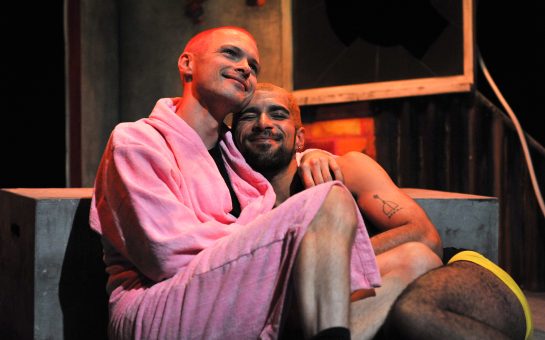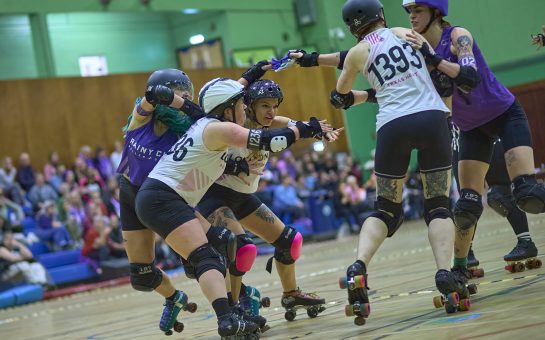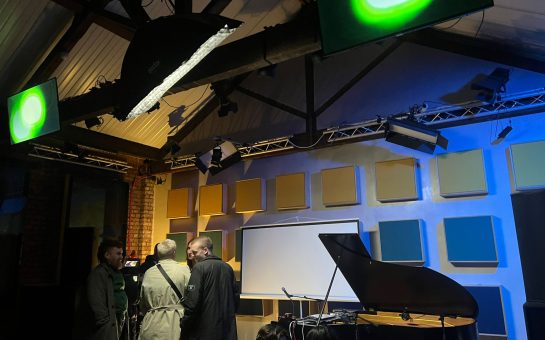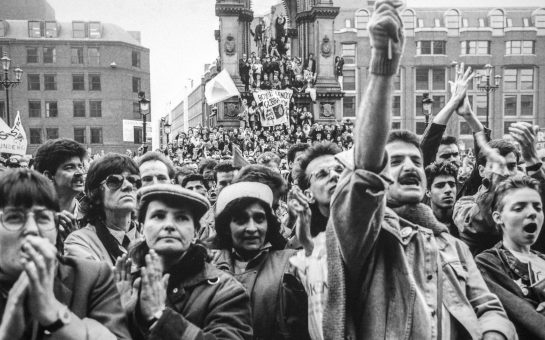For more than 20 years Canal Street has been viewed as the centre of the gay community in Manchester… but campaigners want to ensure dangerous stereotypes of it being a ‘gay ghetto’ are left behind.
With clubs, pubs and restaurants, the village has also become the focus of many a night out for students, hen parties and friends on a weekend away.
This change however has not been welcomed by everyone on the street. Earlier in the year there was controversy over club door policies and there were fears that Canal Street’s role in the LGBT community was being diluted.
Nowhere was the change in the Street shown more starkly than with the closure of Manto in October.
Manto was one of the most iconic bars in the area, having been a fixture on the street for 22 years.
It was created by property developer Carol Ainscow and her business partner Peter Dalton in 1991 as a place for Manchester gay’s community to openly celebrate their sexuality.
The two bought a run-down building on Canal Street and turned it into a modern club, complete with large plate glass windows to show that the gay community no longer felt the need to hide behind closed doors.
Ainscow passed away in September after a short battle with a brain tumour. Speaking to The Guardian, she explained how she became tired of stereotypes surrounding the gay community.
“I didn’t feel comfortable in the places I was drinking in,” she said.
“They weren’t particularly women friendly. I felt sick of having to knock on doors and hide.”
In its first six months of business, the bar continually lost money because people were ashamed to be seen there.
Given the tourist attraction that Canal Street has blossomed into, it is hard to imagine something similar taking place today.
Canal Street first gained ‘notoriety’ in the 1960’s following the collapse of the cotton industry in Manchester. The abandoned street became a place for prostitutes, and The New Union pub became a place for gay men to meet. They were protected from the police by the female prostitutes, who would pretend to be their girlfriends should a police raid occur.
By the 1980s Manchester Pride had established itself, with vigils appearing a few years later to commemorate those who had died of HIV and AIDS.
Then in 1990 Manto opened and arguably changed the face of Canal Street.
As time went by Manto became a staple of Canal Street, hailed for offering somewhere for the new generation of gay men and women to go and feel comfortable.
Its closure represents the way the face of Canal Street has changed since Ainscow first got involved 20 years ago.
Ainscow created Manto as somewhere for the gay community to go and feel comfortable; the fear now is that the commercial element of Canal Street has changed the clientele who attend and taken the area away from its roots.
Yet Tony Cooper, who runs bars Via Fossa and Polari and has been involved in Canal Street for the last 25 years, says that the change in clientele is not a recent phenomenon.
“There is a tourist element to Canal Street but that’s been going on since 1999 and the Queer as Folk phenomena!” he told MM.
“People haven’t suddenly decided to come out on a hen night, for example, it’s been a gradual change over 10, 20 years.
“Canal Street has changed immensely since I’ve been involved, but then society has changed as well.”
Foundations in Manchester however feel that there are still certain groups who are underrepresented.
Amelia Lee of LGBT Youth North West feels that Canal Street is over-emphasised as an all-encompassing gay area.
“It’s more for hen-do events than for LGBT people,” she said.
“I think it has grown too big and now needs to readjust and diversify to cater for more needs of the LGBT community.”
The recent unprovoked attacks on Simon Brass, who was drowned by a gang of robbers in June, and Sean Markey, whose body was found in the canal in October, have led to concerns about the safety of clubbers on nights out.
“The police do not seem inclined to increase their presence but rather to rely on low trained volunteers such as the village angels and security staff,” Lee said.l
Cooper however was adamant that things were changing on the Street.
“Canal Street does have fundamental problems, but they tend to resolve around the takeaways and taxi ranks.
“The crimes that are reported to us are falling year on year. Just because a body was found in the canal on Canal Street doesn’t mean that body fell in on Canal Street, or it was somebody on a night out there.
“We have lots to be working on with the police but things are changing.”
Canal Street is a thriving social area with a constantly evolving landscape. Manto was an icon of the street and although it is believed that village operators are in talks about what to do with the space, a huge chunk of Canal Street’s history has ended.
Cooper feels however that all change is good change.
“We live in times of virtual equality – you get gay customers in bars away from Canal Street.
“People should be more aware of a gay village, not just ‘The Village.’ People who visit Canal Street for a night out should be able to integrate into our nights, and vice-versa.
“Canal Street and The Gay Village don’t want to be seen as a ‘gay ghetto.’ We want to move forward from that stereotype.”
Picture courtesy of Pimlico Badger via Flickr, with thanks.
For more on this story and many others, follow Mancunian Matters on Twitter and Facebook.



